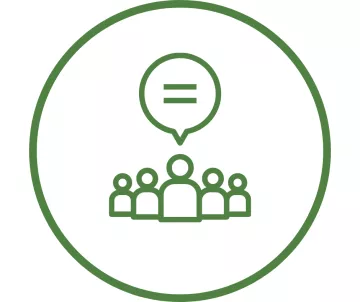
Community Health
Sea level rise, and associated groundwater rise, pose serious threats to community health. Rising groundwater can mobilize soil-borne toxins to travel far from the source location (historical or active toxic industrial sites) and can also lead to saltwater intrusion, contaminating freshwater sources and compromising drinking water quality. Flooded areas may facilitate the spread of waterborne diseases, while rising seas contribute to erosion, property loss, and loss of vital infrastructure, disrupting travel and emergency services. Displacement, job loss, stress, and compromised sanitation in affected communities further escalate health risks.

Equity and Justice
Due to historical land-use decisions, discrimination, and market forces, residents in under-recognized, socially vulnerable communities are disproportionately vulnerable to sea level rise threats. Residents of these communities are more likely to live near contaminated sites where groundwater rise can mobilize soil-borne hazardous materials. They have high housing vulnerability and often live in flood-prone zones exposing them to property damage and displacement. Aging or poorly maintained infrastructure in these areas may offer less protection against sea level and groundwater rise, increasing the risk of damage to health, homes, and public facilities. These communities often lack the resources to invest in infrastructure improvements, protective measures, or relocation efforts.

Recreation
The San Francisco Bay is full of recreational opportunities that are at risk due to sea level rise. Opportunities for fishing, birding, kayaking, walking, nature observing and general public access around the shoreline will decline due to sea level rise.